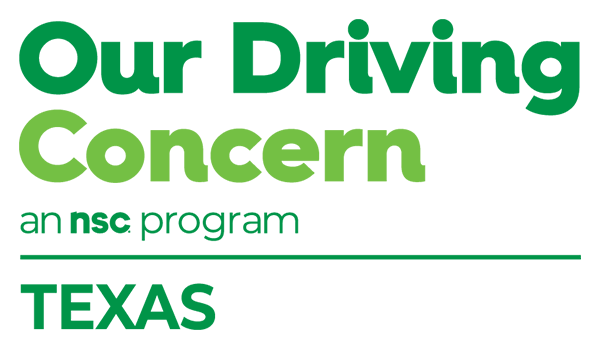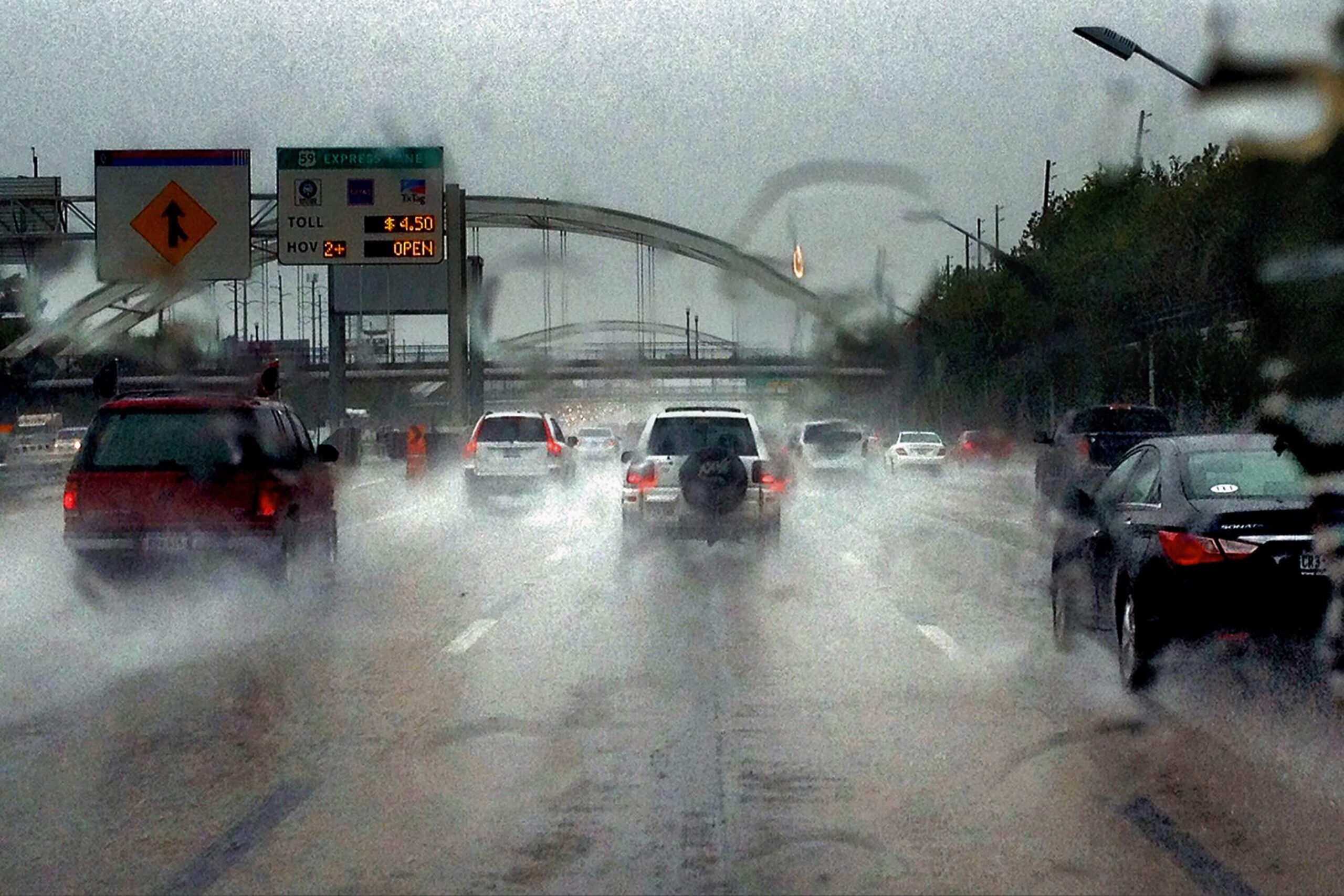Safety Coach
Calm Behind the Wheels
Make plans now to join us on Thursday, Nov. 7, for our next free online learning session:
National Safety Council Program Manager April Ramos will discuss how mental stress can be a serious risk factor when driving, as well as ways to reduce stress in your daily life. You can help protect your employees and your bottom line by proactively addressing the causes of impairment, including mental stress.
In addition, April will point you to free resources from the National Safety Council designed to help you support your employees: Promote Employee Mental Health and Wellbeing.
See you Nov. 7 for free online learning!

Tailgate Talk
Time Change Hazards
On Sunday, Nov. 3, we turn back the clock. The conclusion of Daylight Saving Time brings several changes that can impact road safety, particularly regarding driver fatigue and reduced visibility. Here’s how the time shift can affect driving conditions and risks:
Reduced Visibility
- Longer darkness: With Daylight Saving Time ending, drivers spend more time on the road in the dark, which can increase crash chances due to poor visibility.
Sleep Disruption
- Circadian rhythm shifts: The time change can disrupt your natural sleep patterns, impacting cognitive function, mood and alertness – all essential ingredients to safe driving.
Drowsy Driving
- Increased crash risk: The day after Daylight Saving Time ends is one of the most dangerous to drive due to heightened drowsiness.
- High-risk drivers: Commercial drivers, shift workers and those who sleep poorly are especially vulnerable to drowsy driving.
Sun in Your Eyes
- Lower sun angle: With the time shift, the low morning sun and late-afternoon sun can shine directly into your eyes while driving, reducing visibility and increasing crash risk.
Pedestrian Safety
- Increased risk: Pedestrians and cyclists are particularly at risk as visibility decreases during commuting hours. Drivers may be less likely to see them in the dark.
Explain these risks in team meetings during Drowsy Driving Prevention Week Nov. 3-9. Share this list of warning signs from the National Sleep Foundation:
- Finding it hard to focus on the road, frequent blinking or heavy eyelids
- Starting to daydream, wandering eyes and disconnected thoughts
- Having trouble remembering the last few miles driven
- Missing an exit or ignoring traffic signs
- Yawning repeatedly or rubbing your eyes
- Finding it hard to keep your head up or nodding off
- Drifting from your lane, tailgating or hitting a shoulder rumble strip
- Feeling restless and irritable, or becoming aggravated with common annoyances such as sitting in traffic
Download and share our 1-minute safety video that focuses on mental fatigue and the impact it can have on safe driving (available in English and Spanish).
As we turn the clocks back, let’s agree on this: It’s time to go forward in our pursuit of positively influencing driver behavior!

